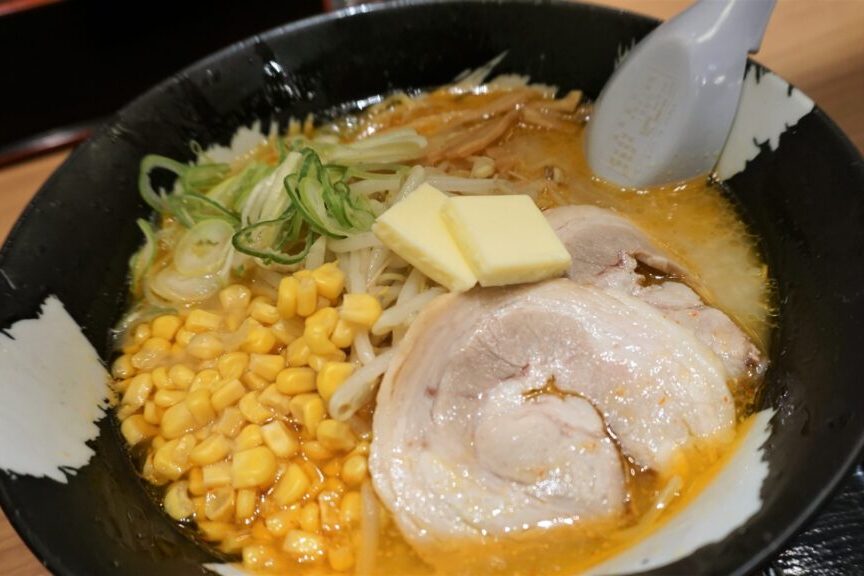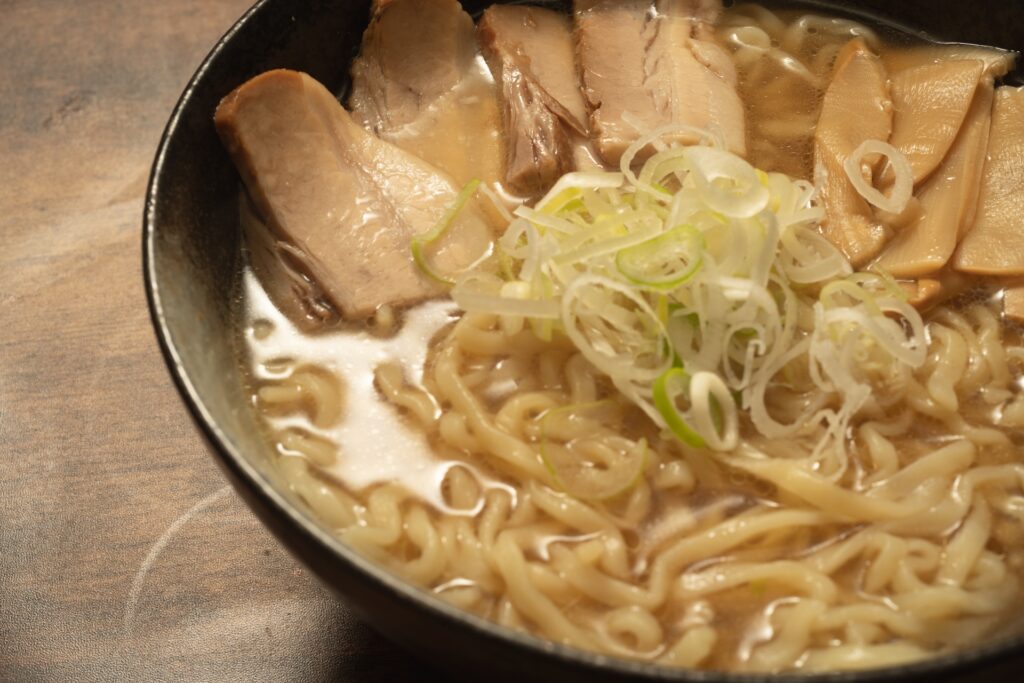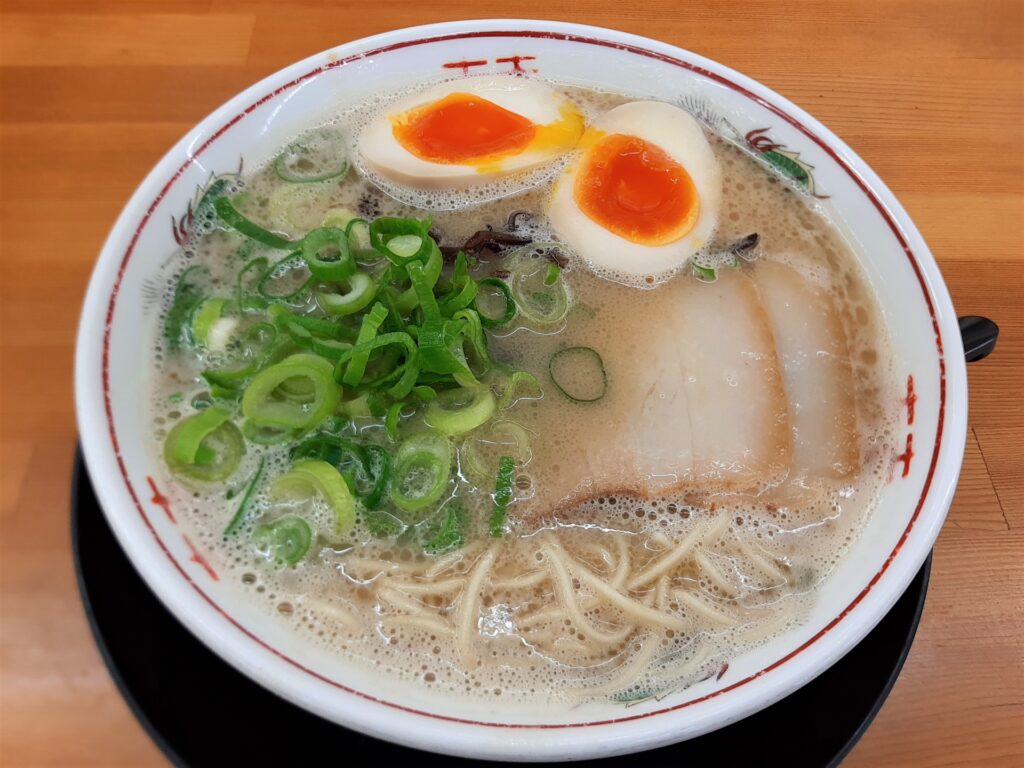
Contents
Abura soba
Abura soba, or “oil noodles”, is a type of noodle dish similar to ramen but without broth. A bowl for abura soba typically begins with a base of sesame oil and soy sauce-based dressing. Then, seasonings like chili oil or vinegar can be added according to one’s preference, and the noodles are mixed in this sauce before eating. Common toppings include a soft-boiled egg, sliced nori seaweed, bamboo shoots, char siu pork, and green onions. However, some restaurants may also include toppings like pork fat, cheese, mayonnaise, tempura scraps, and Baby Star Ramen. Abura soba is also known by other names such as “monja soba”, “maze soba”, “te-nuki soba”, and “abura ramen”. It is also simply referred to as “soupless ramen”.
歴史
There are two theories about the origin of abura soba. One theory suggests that it was first introduced by a restaurant named “Sanko”, located near Hitotsubashi University in Kunitachi City, which was founded in 1952. The restaurant, inspired by soggy ramen noodles, started serving abura soba in the early 1950s. The other theory suggests that a restaurant named “Chin Chin Tei”, located near Asia University in Musashino City, introduced abura soba in the same decade, drawing inspiration from Chinese mixed noodles. Regardless of the theory, abura soba spread from the Musashino area in Tokyo to other regions. It started gaining popularity around 1996, and in 1997, it ranked 13th in the “This Year’s Hit Topics” in the Yomiuri Shimbun newspaper. Furthermore, in 2002, an instant noodle version of the abura soba served at “Bubuka” in Kichijoji, Musashino City, was produced by Myojo Foods.




